Telerobotic Systems
Telerobotic systems are characterized by the human (operator) and the robot (executing unit, teleoperator) being located in different places. They are employed if
- the workspace is too far away,
- the workspace is too small or too big,
- the workspace is too dangerous.
Teleoperation systems are used in all kinds of areas, including on-orbit satellite servicing, deep-sea mining and telesurgery. Our work in this area here at the institute has focused on:
- minimally invasive surgery,
- explosive ordnance disposal,
- space applications (on-orbit servicing).
When it comes to these special human-machine interfaces, the following issues and their effects on human information processing are of interest from a psychological perspective.
- On the operator’s side, input devices must make it possible to control the remote robot with minimal delay and error. At the same time, the operator must be provided with all relevant information on the conditions of the remote environment, including relevant forces in action, the position of objects in space, the texture of surfaces, etc.
- On the teleoperator’s side, appropriate sensors must be used to provide the human user with information on the remote environment.
- On the communication level, specific problems associated with these systems include time delays and distortions caused by data loss.
Application: Minimally Invasive Surgery
Telerobotics can build on the advantages of minimally invasive surgery (such as being able to perform heart surgery without having to open the thorax) to achieve a number of advantages:
- As the operation is performed using a surgical robot, there is no need for the operator to be in the same room as the patient. This means that the operator has to meet less stringent sterility requirements and that the operation can even be interrupted. A surgical procedure can even be carried out from somewhere else entirely, for example so that patients can benefit from specialists who are not locally available.
- Heart surgery can also be performed without a heart-lung machine, which means the patient’s heart continues beating during surgery. This is achieved through an algorithm compensating the motion of the heart and presenting an image of a motionless heart to the operating surgeon.

Source: Basdogan, Sedef, Harders, Wesarg (2007), IEEE Computer Graphics and Applications
Such procedures are currently performed based on visual information alone, i.e. without haptic feedback. The surgeon neither feels any resistance when cutting through tissue nor the tension of the thread when suturing.
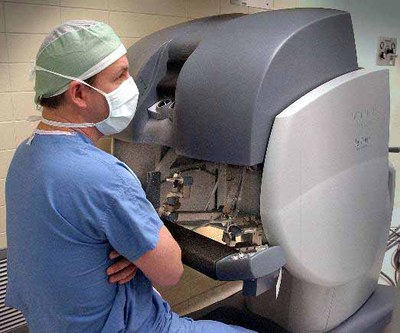
DaVinci operator unit
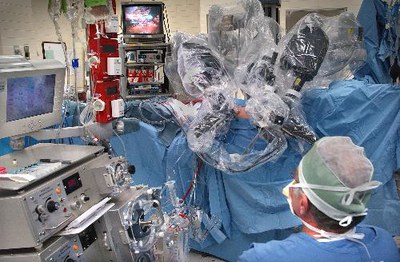
DaVinci teleoperator unit
Experiments with different surgical robots and haptic feedback have been conducted to improve this method.
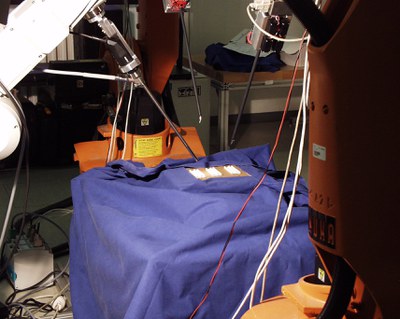
Surgical teleoperator of the German Aerospace Center
Literature
Application: Demonstrator for Neutralizing Land Mines
Landmines and unexploded ordnance kill or maim countless people around the world each year (https://www.auswaertiges-amt.de/de/aussenpolitik/themen/humanitaere-hilfe/minenraeumen/204750). Disarming unexploded ordnance is dangerous even for specialists. One option would be to employ a remotely controlled teleoperator for this task. In order to test the requirements and possibilities of such a system, a demonstrator has been developed and tested in cooperation with the Technical University of Munich.
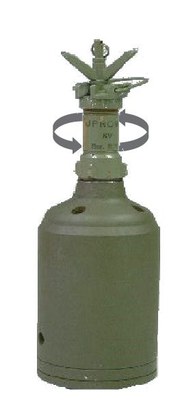
Dummy land mine
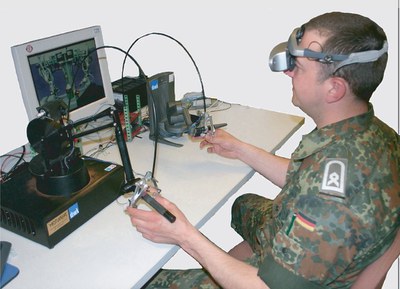
Operator disarming a mine using a demonstrator
Literature
Application: Extra-vehicular activities (on-orbit servicing)
The term extra-vehicular activity (EVA) collectively refers to all jobs performed by an astronaut in space outside the spacecraft. EVAs are considered dangerous because the astronaut has to leave the (relatively) safe environment inside the spacecraft and enter the vacuum of space with only a spacesuit for protection. For various reasons, the physical stress an astronaut is exposed to in this situation is high. Stress factors include exposure to the loud noise of the spacesuit’s built-in air-conditioning system, highly restricted movement due to the suit’s stiffness and a highly restricted field of vision due to the helmet.
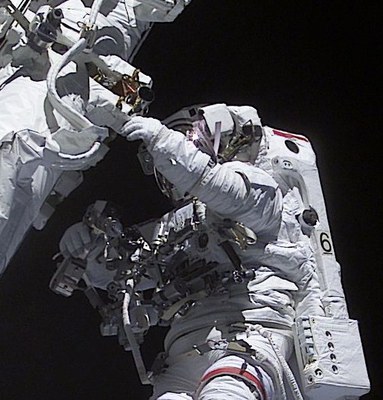
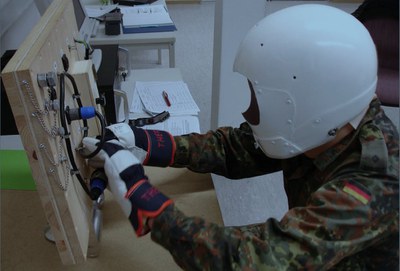
Astronauts leave their spacecraft
- in order to put in place or retrieve measuring instruments, e.g. for measuring micrometeorites,
- for installation or repair jobs, e.g. on the ISS or on the Hubble space telescope,
- for scientific reasons,
- for testing new methods.
Preliminary Work at the Institute of Human Engineering
Weightlessness is simulated both during astronaut training and during underwater experiments. The university’s swimming pool was used for experiments relating to assembly and installation in space, for example. Participants had to perform standardized tasks that varied in terms of motor and haptic requirements. In order to simulate the sense of touch reduced by the spacesuit, participants wore several pairs of gloves. Their performance in this task was compared to that achieved with the use of telerobotic systems. The results spoke to the possibilities and limits of having repair work in orbit (extra-vehicular activities) performed by astronauts vs. telerobots.
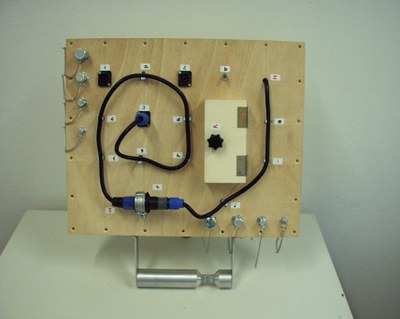
Testbed (developed by the Institute of Human Engineering)
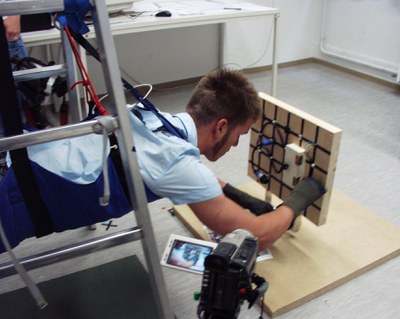
EVA testbed training
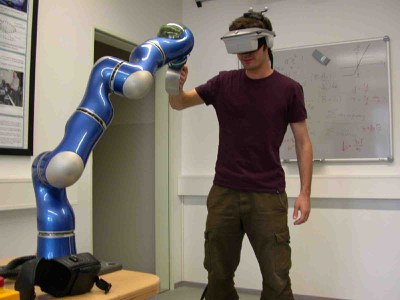
Testbed training using a teleoperator
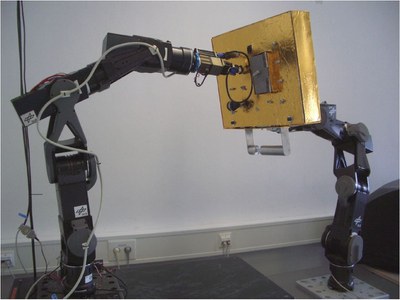
Operator using a testbed
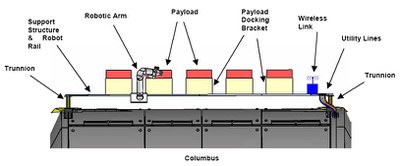
Planned testbed for teleoperation experiments on the outside of the “Columbus” module of the ISS
Literature
Strauß, Lena: „Erfassung der feinmotorischen Performanz beim On-orbit-Servicing mittels Telemanipulation und Unterwassersimulation”. Dissertation, Universität der Bundeswehr München, Institut für Arbeitswissenschaft, 2011.